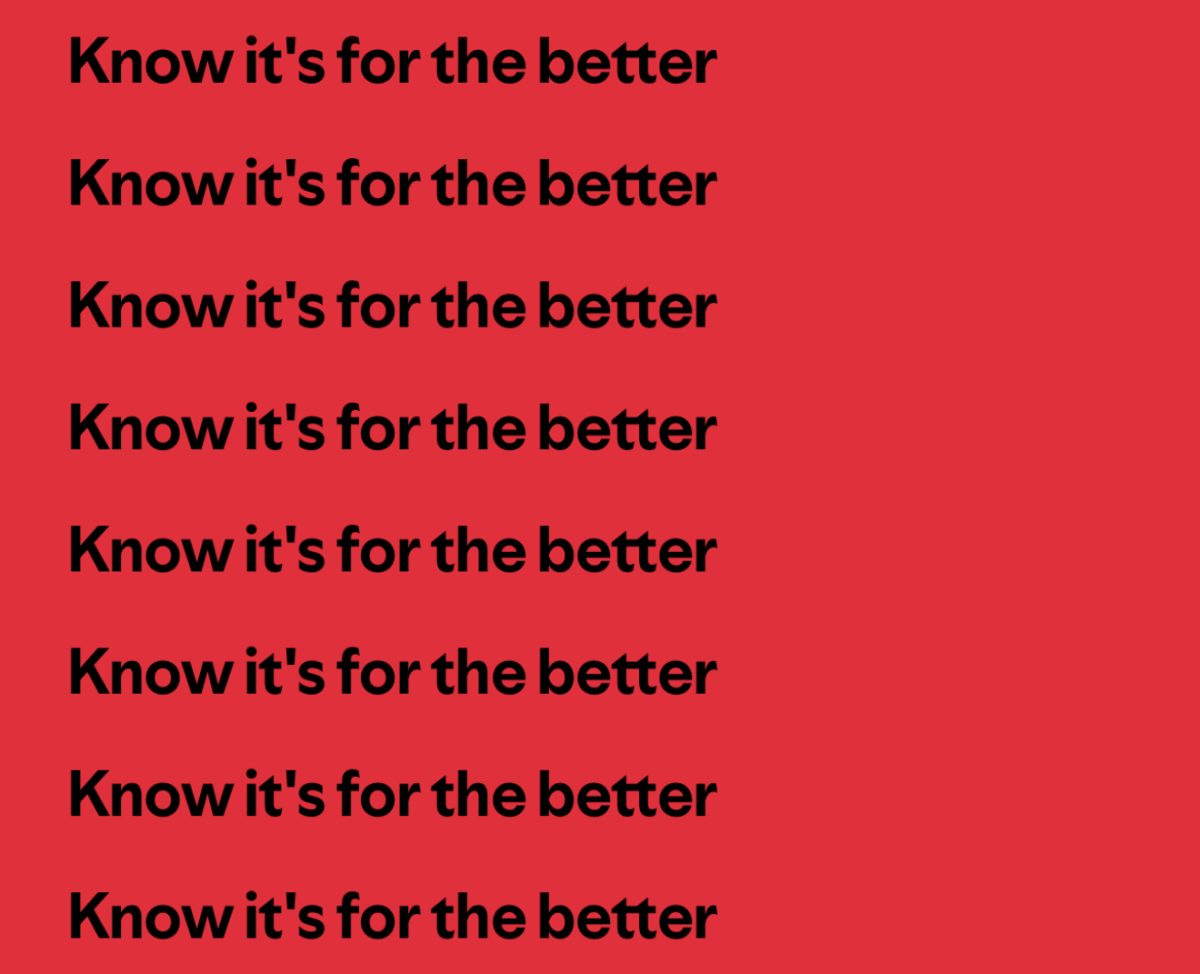People across the globe have recently been complaining about the feeling of their brains turning into ‘mush’ from the endless scrolling they do on their devices. Many people are starting to call this strange phenomenon “brain rot.” Oxford University defines brain rot as “the supposed deterioration of a person’s mental or intellectual state, especially viewed as the result of overconsumption of material (now particularly online content) considered to be trivial or unchallenging.” While “brain rot” is an exaggerated term, it is concerning where people are headed in terms of being able to engage with more intellectual media.
The rapid, surface-level consumption of information people get online often prevents users from engaging in critical thinking and reflection. When compared to reading an in-depth article or watching a long documentary, social media encourages users to skim through information while barely processing it before moving on to the next post. This kind of shallow engagement with information restricts the chance for deeper learning and understanding. This new way of engaging with information can be attributed to the fact that people are losing their attention spans.
Gloria Mark, an American psychologist, professor, and author of Attention Span, states, “My research over nearly two decades shows that our attention spans are declining, averaging just 47 seconds on any screen.” Of course, the short-form content people consume from social media platforms like TikTok, X (formerly known as Twitter), and Instagram is likely responsible for this shift.
Scientific research has proven the addictive nature of scrolling and engaging with short-form content. Dopamine, or the “feel-good” neurotransmitter, gets released when somebody likes or comments on one’s posts. Dopamine can also be released when individuals keep getting fed stimulating content. This instant fulfillment from social media makes it harder for people to focus on activities that reward them more slowly. For instance, people now perceive reading and completing school projects as tedious due to the reduced dopamine they provide.
Constant use of social media causes the brain to become accustomed to the sensation of instant gratification. People’s brains will start to desire social media on an unhealthy level. When users stop having access to it, they might start having feelings of sadness and dissatisfaction, even experiencing feelings of withdrawal. This continuous chasing of pleasure can mess up the brain’s natural reward system, making it harder to enjoy normal things and wanting more artificial stimulation instead.
There is an actual way that these apps successfully grab their user’s attention. These apps tailor people’s feeds by using a well-established, ever changing, algorithm. This calculation that most people can’t fathom has a grip on its users effortlessly. Users filter, select, and recommend content based on an algorithm. This implies that algorithms shape the content individuals encounter on social media.
Platforms like TikTok and Instagram collect data on what a specific user likes and pushes that preferred content to their feeds. The algorithms being used track things like what posts people like, what they comment on, how long they watch a video, and even how quickly someone may scroll past something. Netflix documentary The Social Dilemma highlights the dangerous and advancing impact of this algorithm.
This data also makes it simple for social media platforms to serve users with highly personalized ads. Because of this, the user stays engaged, which in turn brings in revenue for the company. According to Matthew Crawford, an American writer and researcher at Virginia University, “Attention is a resource—a person has only so much of it.” So there is no surprise that these platforms try so hard to grab and not let go of people’s attention.
The owners of these social media platforms have created a space where they can profit from our attention. This is referred to as the Attention Economy. The concept of attention economics was first coined by Nobel prize winner, psychologist, and economist Herbert A. Simon. In 1971, he wrote, “A wealth of information creates a poverty of attention.”
Information is limitless in the digital world, while human attention is limited. Since grabbing people’s attention is a big challenge, attention becomes a valuable commodity. Companies and social media platforms grab people’s attention and direct it to products, meaning ads. According to the leading market research firm IMARK, the global ad revenue in 2023 was a staggering 647.4 billion dollars.
While these companies make billions of dollars, the consumers suffer. Addicts to social media face an increased risk of depression and anxiety. This results from chasing ‘cheap dopamine’, the type of dopamine that is easily achieved by binge-watching, doom scrolling through social media, etc. These activities provide temporary happiness, but they are harmful to people’s mental health over time. As people become accustomed to these immediate gratification activities, they may begin to feel dissatisfied with the meaningful experiences in life.
This can lead to feelings of dissatisfaction, addiction, and anxiety because over time, cheap dopamine sources become less effective. By recognizing these habits and their very serious and long term effects, people can conscientiously choose how to live their lives outside of the control of social media platforms.
















